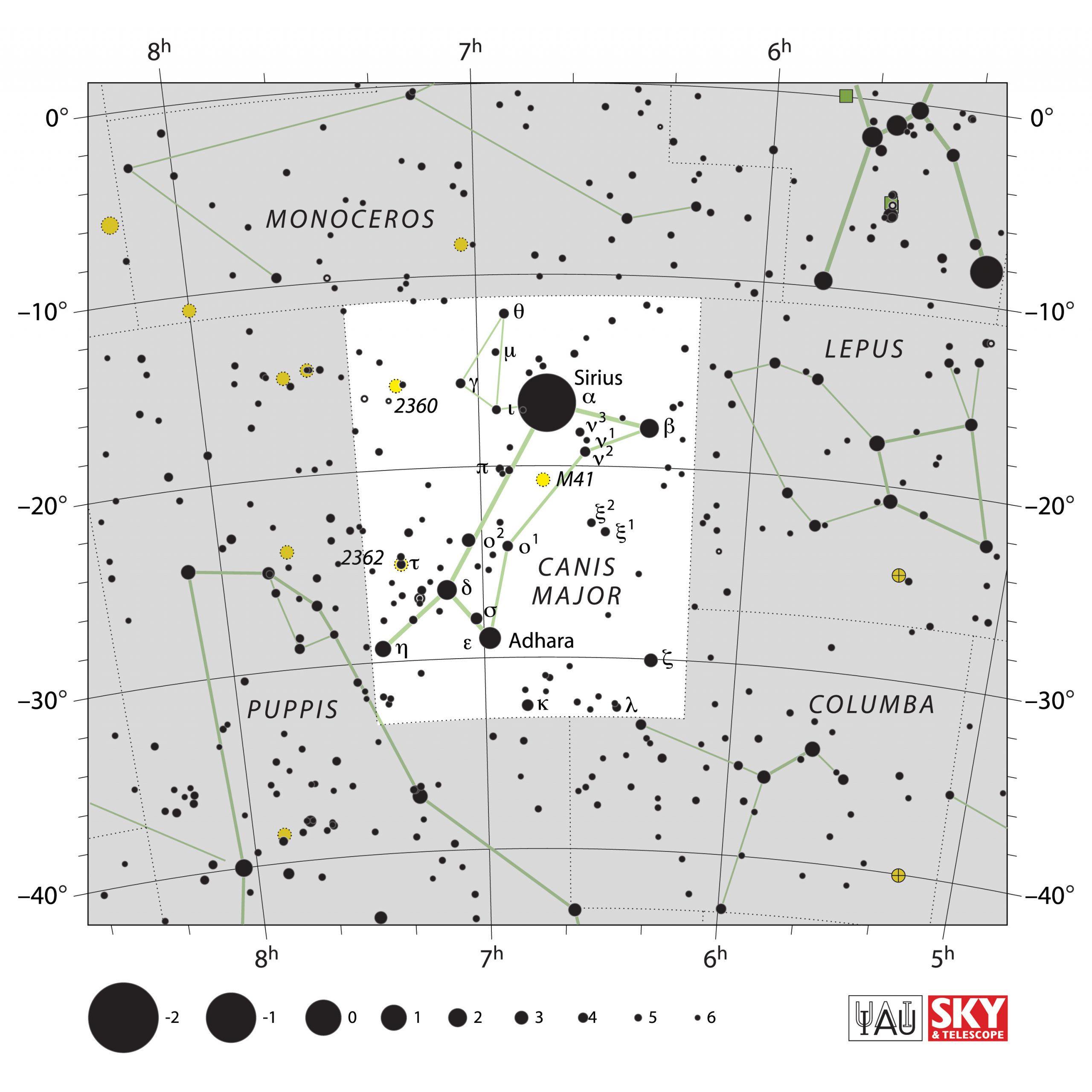Profile / Characteristics
| English translation | Latin declination and pronunciations | Size/ °² | # stars (visible) |
| the Great Dog | Canis Major
– CANE-iss (CAN-iss) MAY-jer Canis Majoris – CANE-iss (CAN-iss) muh-JOR-iss | 380 | 149 |
Main Star (brightest one):
| Designation | HIP number | name in IAU-CSN | brightness |
| α CMa | HIP 32349 | Sirius | -1.46 mag (V) |
Our (modern) Explanation
The ancient Greek constellation of the Dog was considered the companion of Orion, the Hunter. Its brightest star “Sirius” has a Greek star name (seirios, the fiery one).
Ancient Globes
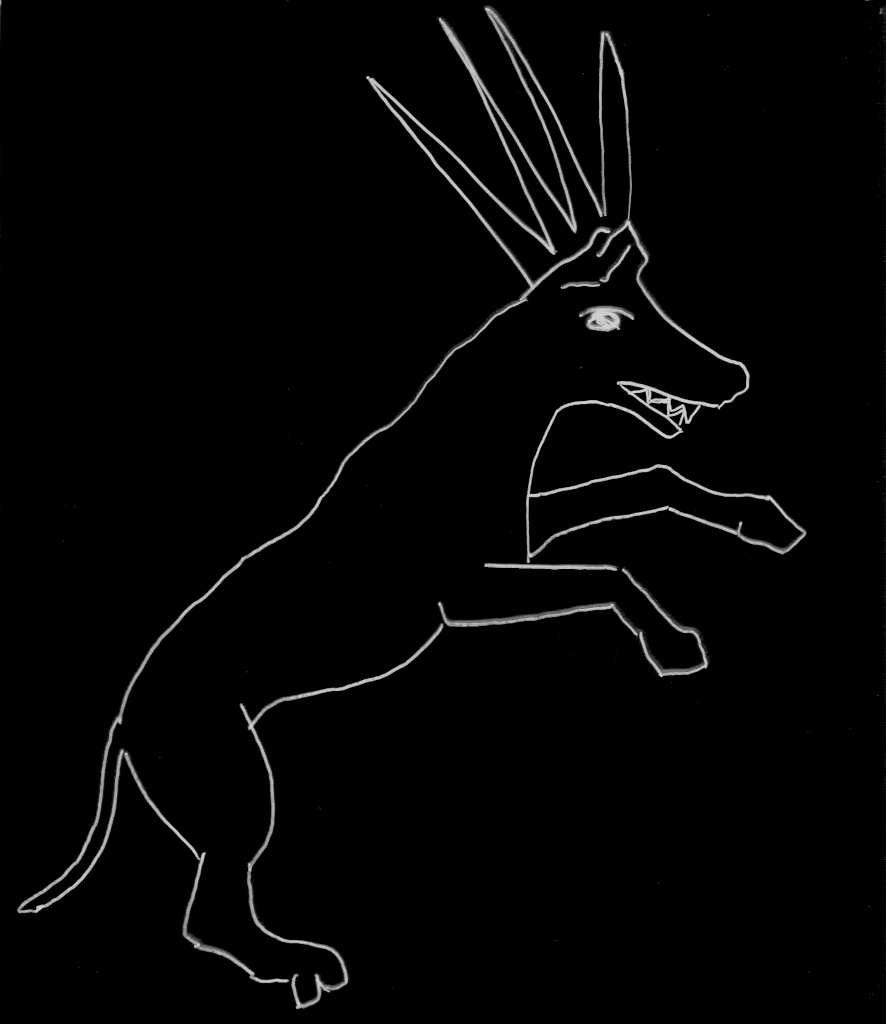
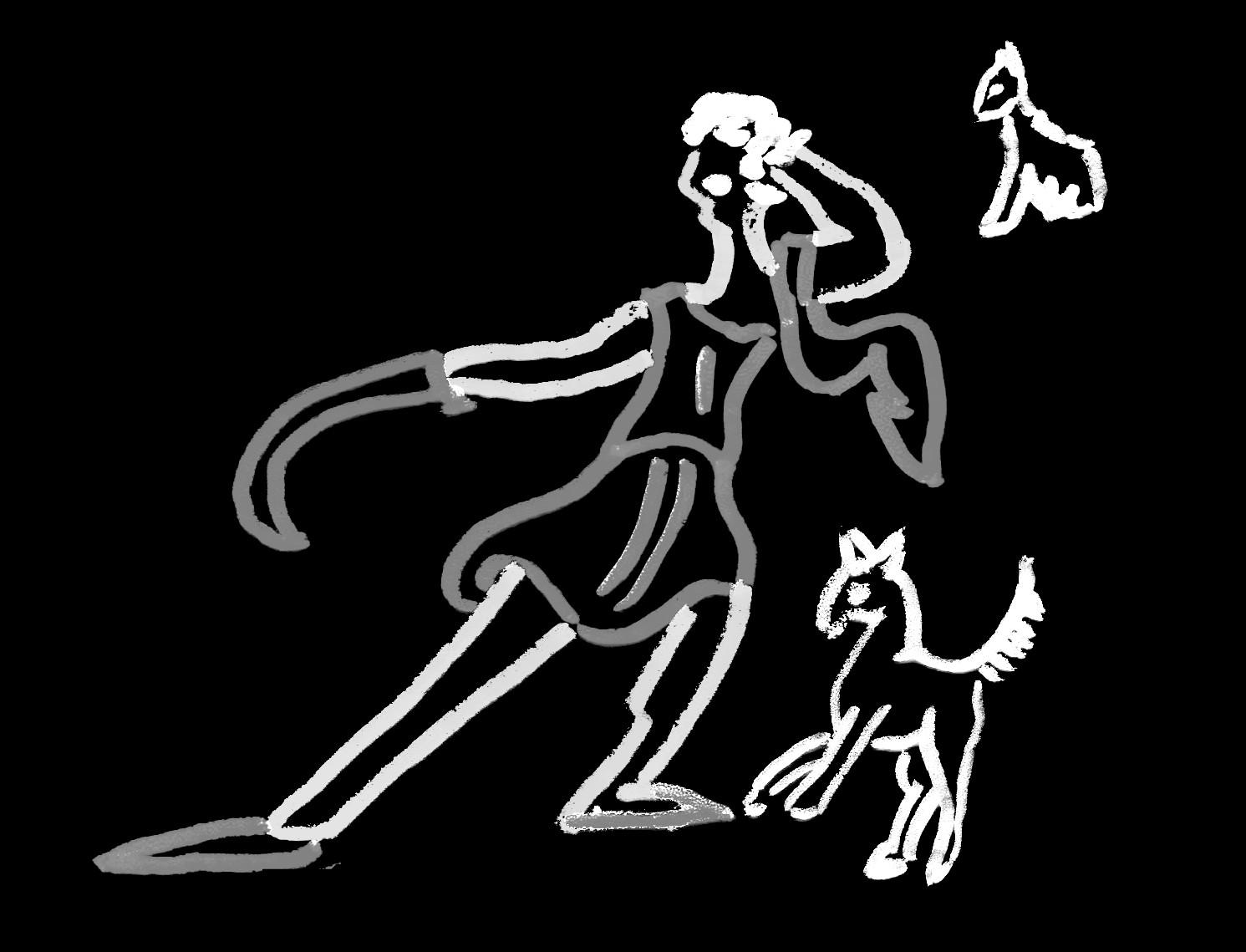
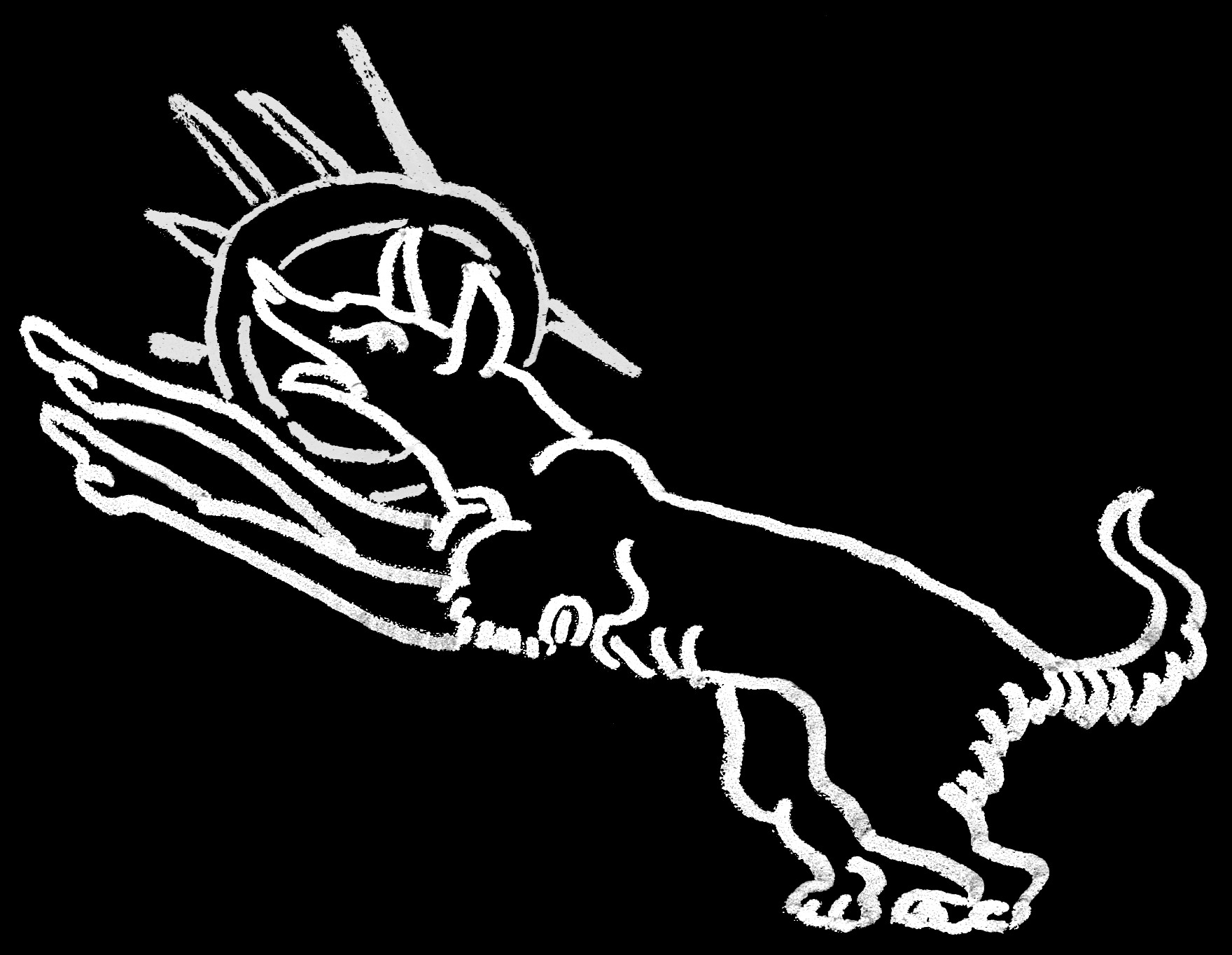
Farnese Globe
Kugel Globe
Mainz Globe
the rays surrounding the head of the dog belong to Sirius
two dogs accompany Orion
the nimbus around the head emphasize the brightness of Sirius
Ancient Lore & Meaning
Aratus
[326] Such a guardian, too, beneath his towering back is seen to stand on his hind legs, the Dog [Canis Major] starenwrought, yet not clearly marked in all his form, but right by his belly he shows dark. The tip of his terrible jaw is marked by a star that keenest of all blazes with a searing flame and him men call Seirius. When he rises with the Sun, no longer do the trees deceive him by the feeble freshness of their leaves. For easily with his keen glance he pierces their ranks, and to some he gives strength but of other s he blights the bark utterly. Of him too at this setting are we aware, but the other stars of the Dog are set round with fainter light to mark his legs. [594?] Up rises the Hydra’s head and the bright-eyed Hare and Procyon and the forefeet of the flaming dog. [675?] With them the Lyre of Hermes and Cepheus to his breast drive up from the Eastern Ocean, what time all the rays of the mighty Dog are sinking and all of Orion setting, yea, all the Hare, which the Dog pursues in an unending race.
Reference:
English translation by Douglas Kidd (1997).
Aratus: Phaenomena, Cambridge Classical Texts and Commentaries, Series Number 34
Pseudo-Eratosthenes
References:
French translation by:
Jordi Pàmias i Massana and Arnaud Zucker (2013). Ératosthènes de Cyrène – Catastérismes, Les Belles Lettres, Paris
English version in:
Robin Hard (2015): Eratosthenes and Hyginus Constellation Myths with Aratus’s Phaenomena, Oxford World’s Classics
Modern and Mediaeval Depiction

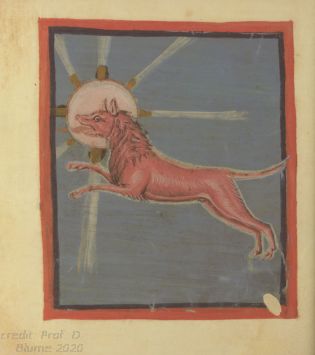
Depiction in Stellarium (by Fabien Chéreau, since 2000 CE)
depiction in the Leiden Aratea (9th century CE)
Early Modern Interpretation
Contemporary
As one of their first tasks in the 1920s, the newly founded International Astronomical Union (IAU) established constellation standards. The Belgian astronomer Eugène Delporte was assigned to the task to define borders of constellations parallel to lines of declination and right ascension. They were accepted by the General Assembly in 1928. The standardized names and abbreviations had already been accepted in 1922 and 1925.
